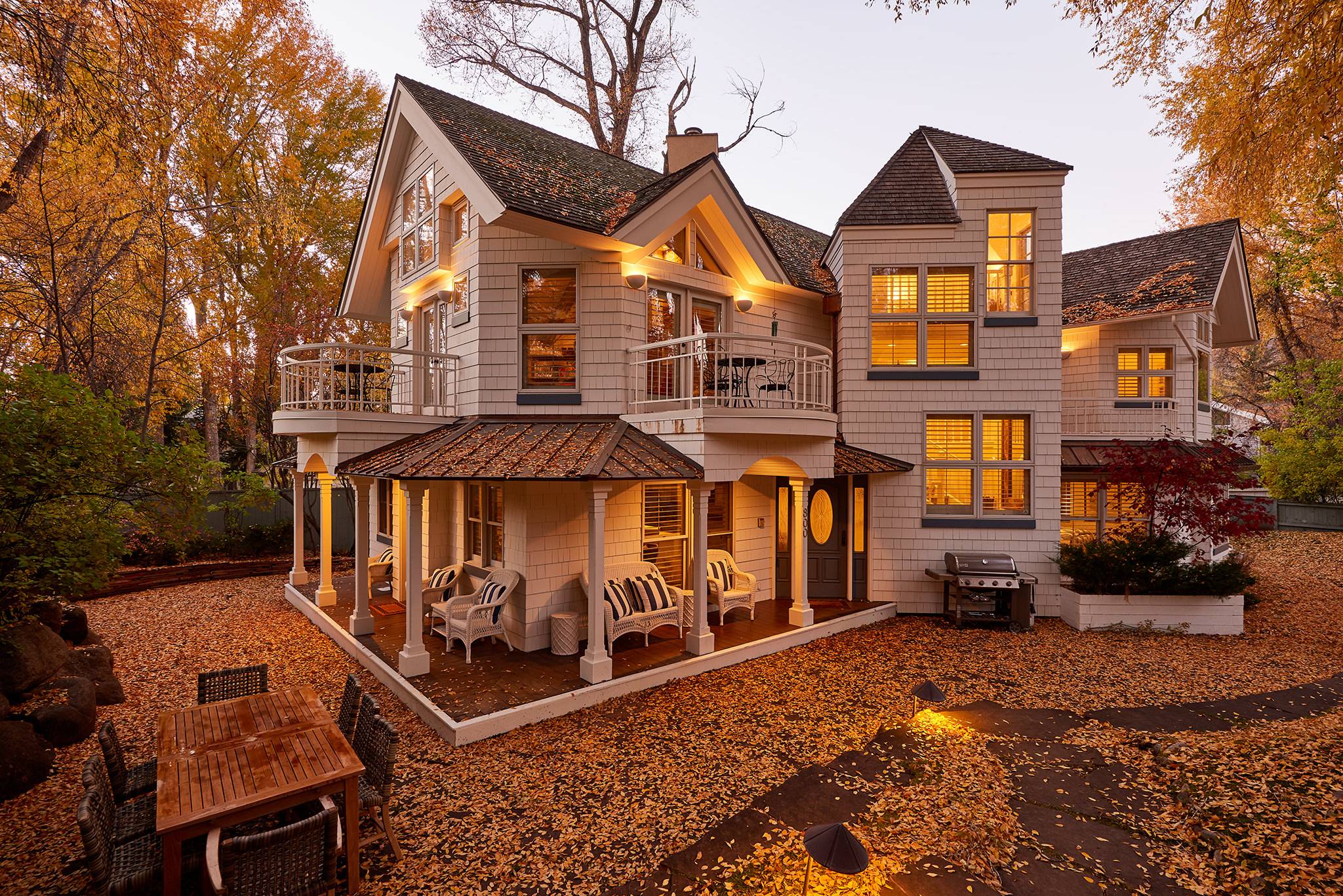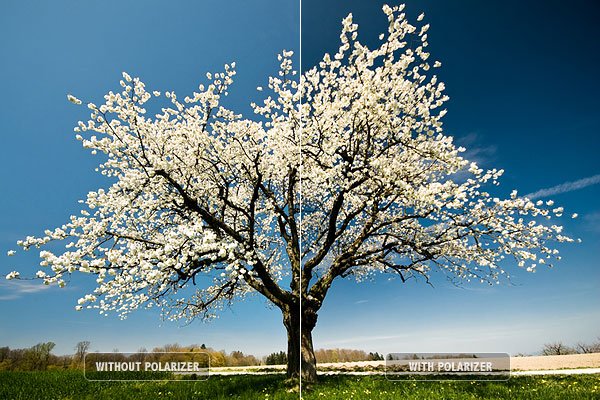
When shopping for camera lenses, it is important to understand which model is right for you. Think about what you need from your lens and the features it offers. Next, consider the price range. It is possible to find a lens that meets your needs and fits within your budget. Online shopping is a great way to save money on lenses.
Images taken with a lens camera
The uniqueness of images taken with a camera lens is evident in several ways. A camera lens can not see all the objects, but it can capture details. The second is that a photographer can alter composition by simply moving around in a scene. A small change in camera position could make a big impact on the quality and look of a photograph.
Lenses can also differ in terms of how they focus. Some lenses offer an autofocus feature. Others are manual. Manual focus requires more skill and is best suited to low-light situations.

Price range for a camera lens
A camera lens can cost from a few dollars to several thousands of dollars. For instance, a Yongnuo YN 50mm f/1.8 lens can be found for as little as $50 on the used market, while the Sigma APO 200-500mm f/2.8 EX DG costs nearly $26,000. Unfortunately, many photographers cannot afford such high-end lenses.
Camera lens prices vary depending on their specifications and quality. Because of their longer focal length, telephoto lenses tend to be more expensive than other general-use lenses. A tripod is also an option to improve your chances of getting sharp images even in low light.
Features of a lens camera
When purchasing a new camera lens, the aperture is the most important element to be aware of. It determines how light can enter the lens. A larger aperture lets more light through the lens, while a smaller aperture makes it less possible for light to pass through. The f-stops are the units that indicate an aperture value.
Although image stabilisation can be useful, it can also drain power and reduce battery life. Also, most lenses have a filter thread in the front bezel. These are useful for adding tints or darkening scenes. The sizes of threaded filter are usually different. The general shape of the size is an O.

Buying a camera lens on a budget
You can save money by buying a used camera lens if you are on a tight budget. You can check the condition of used lenses and they are often cheaper than newer models. Most people check the front element for scratches, but the rear element is just as important for durability. Also, ensure the zoom and focus rings function.
Another option is renting the lens. LensRentals is one website where you can rent lenses. The site is easy-to-use and includes filters to help narrow down your search. You can also view prices according to condition. You can purchase prime lenses for fractions of the price. Some lenses offer exceptional image quality.
FAQ
What makes a good camera bag?
Because it protects your equipment while you are traveling, choosing a camera backpack is crucial. Here are some things to remember when buying a bag.
-
You should choose a large bag that can hold your accessories and camera comfortably. Don't purchase more than you are going to use.
-
Durability: Look for bags made of durable materials such as leather, canvas, nylon, or polyester. Avoid using plastic bags or fabric bags.
-
Protection: Make certain your bag is protected against dirt, dust, moisture, and scratches
-
Organization: To make it easier to find what you need, organize your gear according to type. You can put your lenses in one place, your memory cards and your battery charger another.
-
Comfort: Avoid carrying around a bulky bag when you are shooting. Instead, carry a shoulder belt. Also, look for a comfortable design with padded straps.
-
Price: Shop around to find the best price. Many brands offer their products at discounted prices. This can be a huge advantage.
-
Warranty: Find out whether the company offers a warranty. This way, if anything happens to your bag, you know who to contact.
Which Lenses should I Use?
The most common question beginners ask is, "what lens should I buy?" Because there are so many options, it can be difficult to choose.
The good news is that you don't necessarily need to buy a new lens every time you purchase a new camera. You can always add lenses later.
Here are three types you might be interested in.
-
Wide Angle Lens: 14mm - 24mm: These lenses provide a wide angle of vision, which allows you to capture more details of your subject. You can zoom in to improve image quality.
-
Standard/Normal Zoom Lens (28mm-70mm): These lenses let you change the focal length while still maintaining excellent image quality.
-
Telephoto Zoom Lens (70mm-200mm): These lenses can be used to capture distant subjects. They let you focus on your subject even though they appear small in the frame.
These lenses can be combined to create different effects. One example is to use a regular lens to photograph close-up details and then switch to a long-range lens to capture faraway objects.
Which is the best camera to use for beginners?
The best camera for beginners depends on your budget, needs, and skill level.
You might consider a point-and shoot digital camera if you are trying to save money. These cameras aren't as versatile as they look, but they provide good quality.
Digital Single Lens Reflex cameras come with interchangeable lenses which allow you to capture different types of images. These cameras are generally more expensive that point-and clicks, but provide greater flexibility.
A beginner's kit for beginners is a good place to start. Everything you will need, including a tripod, flash, memory cards and lens, can be found in one package.
Make sure to purchase extra batteries.
What is the rule of thirds in photography?
The rule of thirds can be used to create beautiful compositions, without having to use complicated camera settings. It divides your image in nine equal parts, vertically and horizontally. This creates three main areas in which you want your subject. These are the top and middle thirds (in the upper left corner), as well as the bottom and lower right. These areas can be used as guidelines for positioning your subject within the frame.
The rule of Thirds helps you avoid placing crucial elements too close together. They might not have enough space to make an impact on the eye if they are placed close together. They might lose focus if they are too close together.
Light Room can enhance your photos.
It is important to begin early in order to have great photos. It is always better to take as many photos as you can and then choose the best.
Lightroom makes it easy to do this. It lets you see how different settings impact each photo. You can also adjust these settings on-the-fly without going back into Photoshop. This allows for quick experimentation with what looks good or not.
How can I become a professional photographer?
Photography is an art. It requires dedication, patience, dedication, and, above all, passion. If you are passionate about photography, you will find yourself doing much better than if you were just going for the money.
You need to learn how to use your camera properly. You must understand composition, lighting, exposure, depth of field, etc. You also need to have a decent understanding of Photoshop.
It is hard to master photography, but it is worth the effort.
If you want to improve your skills, then read books on the subject, attend classes and take part in competitions. This will give you experience and confidence that will help you improve. What equipment will I need?
It really all depends on what type of photography you enjoy. For example, if you are interested in landscape photography, you will need a wide-angle lens.
A telephoto lens is essential for portrait photography.
A tripod is essential when taking photographs. It allows you stand up and compose your photo without moving.
A camera bag is useful for carrying your camera, memory cards, and other accessories.
A flash unit is necessary if you are using a compact camera.
A DSLR (Digital Single Lens Reflex) camera is by far the best choice for beginners who want to take professional quality photos.
DSLRs are popular because they allow you to control every photo aspect, including shutter speed, aperture, ISO sensitivity, white balance, focus, and more. They also provide a range of features such as autofocus, auto-exposure lock, self-timer, bracketing, and RAW format.
How can I improve my photography skills on my phone?
Great photos don't require expensive equipment! With just a smartphone, you can capture amazing images.
All you need to do is to be able to use the features of the program and to master some basic techniques.
Many apps are available for iOS and Android that allow you to easily edit and share photos.
Here are five tips to help get you started taking better photos.
-
Set Up Your Camera App. Your device should already have your camera app installed. If not, download it from Google Play or Apple's App Store.
-
Use filters and effects. Filters and effects can be used to modify the appearance of your photograph without touching your image.
-
Adjust Exposure. Adjusting exposure helps you control the brightness of your picture.
-
Shoot In The Right Light. Shooting in bright light makes it easier to see details in your subject. You can capture highlights and shadows in low-light conditions.
-
Take Pictures Of People. It is a great way to share your love with others by taking pictures of them.
For more information on how to take better photos, read our article: 5 Tips to Improve Your Photography Skills With A Smartphone
Statistics
- There are people out there who will pick at flaws they can only see in 100% crops of your photos. (wikihow.com)
- That's the easiest way to get blurry photos 100% of the time. (photographylife.com)
- By March 2014, about 3 million were purchased monthly, about 30 percent of the peak sales total. (en.wikipedia.org)
- This article received 13 testimonials, and 100% of readers who voted found it helpful, earning it our reader-approved status. (wikihow.com)
External Links
How To
How to take macro photos in photography
Macro photography is the ability to capture small objects, such as insects and flowers, at close range. Macro (from the Greek makros, meaning large) is from the Greek word makros. When you use a lens with a focal length greater than 50mm, you can take pictures of things that are very close up.
A macro lens of high quality should have a large working distance and an aperture fast enough to produce sharp images. Also, avoid moving while taking photos as it could blur your image.
Here are some tips to take great macro photos:
-
Use a tripod. Set up a table or chair so you don’t knock anything over. This will make it less likely that you are moving when shooting.
-
The right lighting is important. Many macro lenses have built-in light filters. If you don't already own one, get one. This helps prevent overexposure.
-
Be patient! Shooting macros takes practice. Even though you might only see one tiny bug or flower at a time, it is worthwhile to continue shooting until you capture it.
-
Shoot in RAW format. RAW files are more detailed than standard JPEGs and contain more data. RAW files are best for editing later because you can make adjustments like cropping and color correction after the fact.
-
Do not forget to add the background. The background can sometimes add interest to your shot even though it is a foreground item. You should include it in any photo.
-
Keep learning.